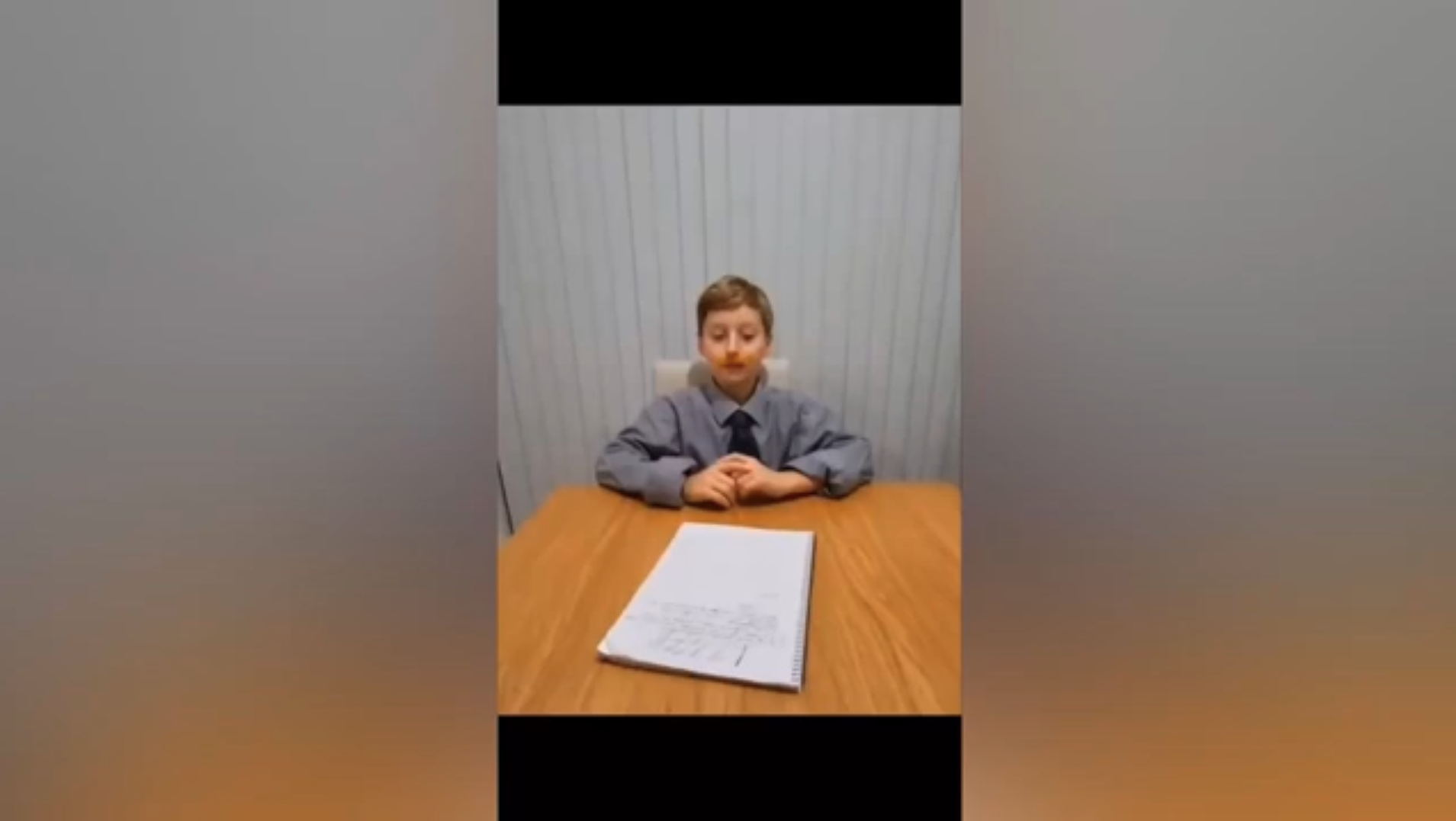

In 1979 the USA and Scandinavia banned CFCs in aerosols. In 1985 the United Nations Convention on Protection of the Ozone Layer was drawn up. This was the first practical step towards limiting CFCs.
On 1st January 1989 the Montreal Protocol came into force. It was the actual agreement to reduce consumption of CFCs Two revisions of this agreement have been made since then, the latest being in 1992. At first it was signed by 25 countries but now nearly 200 countries are signatories. The Montreal Protocol commits them to cut CFC production by half by 2000 and nearly to stop producing 100 other ozone depleting substances by 2010. By 2014 those Ozone Depleting Substances that have now been banned in the EU are: Chlorofluorocarbons (CFCs), Carbon tetrachloride (CTC), 1,1,1-trichloroethane (TCA), Chlorobromomethane (CB), Hydrobromofluorocarbons and Methyl Bromide (MB). There is a difference in the time allowed for developed and de-veloping countries to phase out CFCs because of the disparity in technical and financial resources avilable. CFCs in developed countries were phased out by 1996. Developing countries had phased out CFCs by 2010.
Green consumerism helped to enforce this agreement as 'CFC - free' aerosol cans and plastic foam containers became available to buyers. Now HCFCs have replaced CFCs which are not as damaging but are to be banned in the EU from 2015. As of 2014 HCFCs are due to be completely phased out in developed countriesby 2030 and in developing countries by 2040. They are still used in some fast food foam packaging.
From the 1st January 2000 CFCs were banned from all new refrigerators and freezers. It became possible to take away old fridges so that the CFCs could be recovered and recycled. All fridge manufacturers in the European Union now have to accept back their old fridges and dispose of the components safely.
The amount of chlorine in the atmosphere is now decreasing but to return to pre-1980 levels of ozone will take some time because the ozone depleting substances remain in the atmosphere for decades. In the UK CFCs were still being used in some insulating foam until 2005. Equipment is still exported illegally to developing countries where they may not be able to afford the alternatives.
Our Supporters



.png)




















.png)



















































